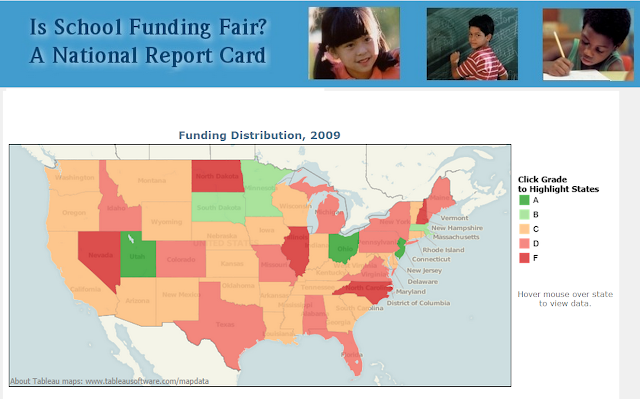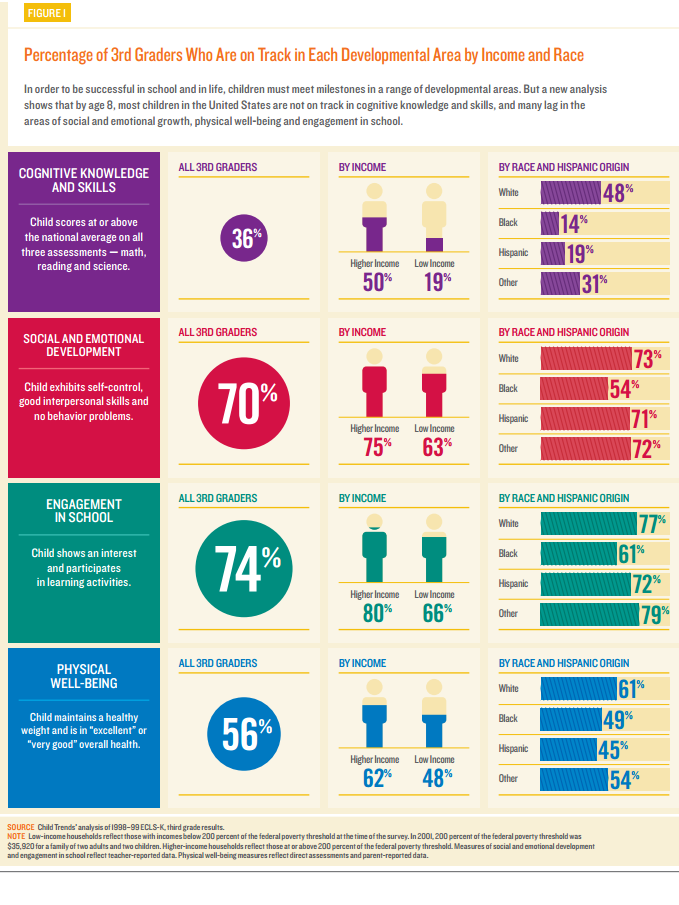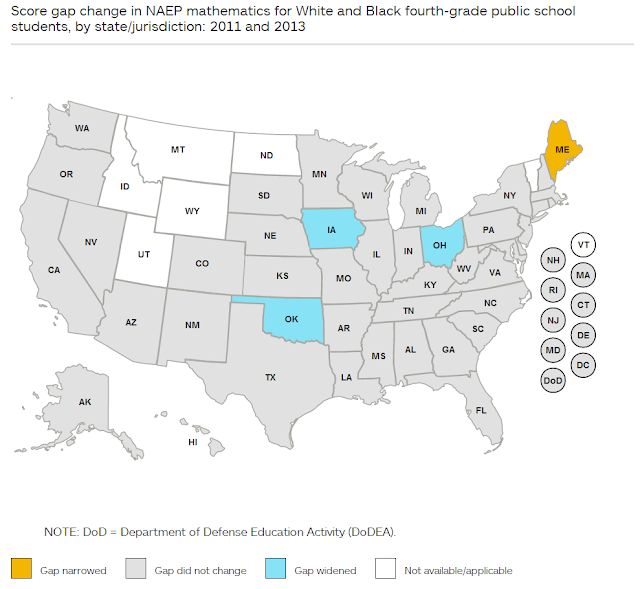Team, Partner and Subject Teaching

In a previous post, " Science and Mathematics Education: What Is the Current Situation? " I mentioned the following: " I have a friend who grew up in Singapore and one major complaint I heard from this person regarding education in the United States is the general lack of subject teachers. Teachers in US schools are assigned to teach an assortment of subjects while in Singapore, apparently, there is a math teacher, a science teacher, a reading teacher even in primary grades. " It is assumed that subject teachers are experts on the subject they are assigned to teach. Subject matter experts, of course, are not necessarily more effective teachers especially in an elementary school. One can not pluck a chemistry professor from a PhD granting institution and expect that person to be a stellar teacher of science in a primary school. A practicing scientists often has difficulty in fact in relating their work with non scientists. There is subject expertise, but for basic...











